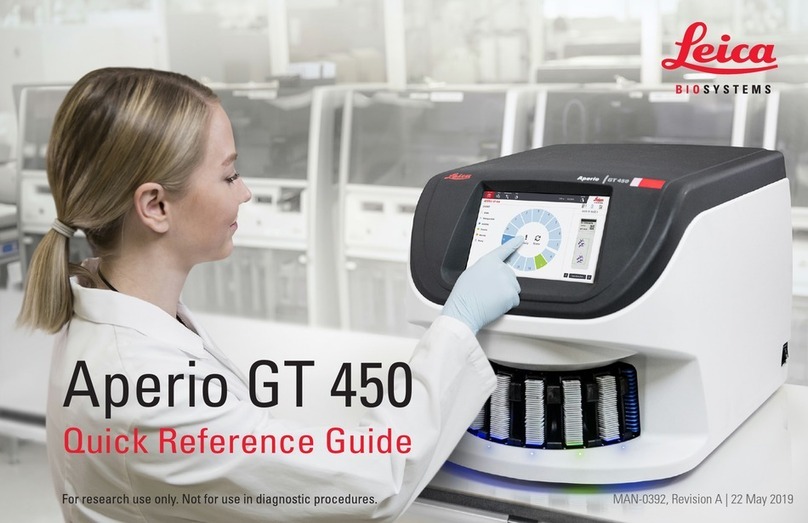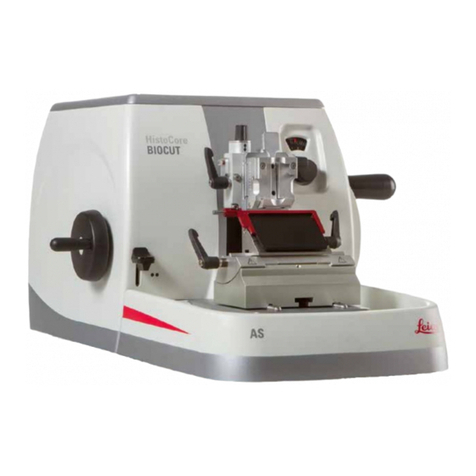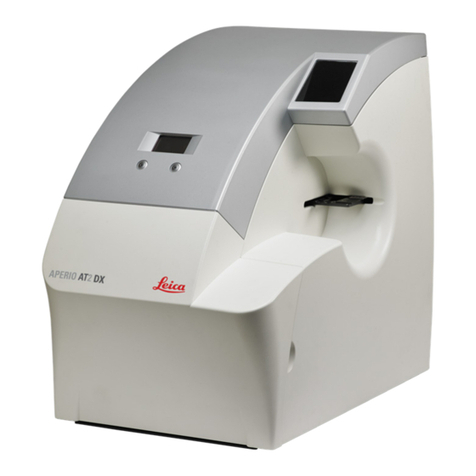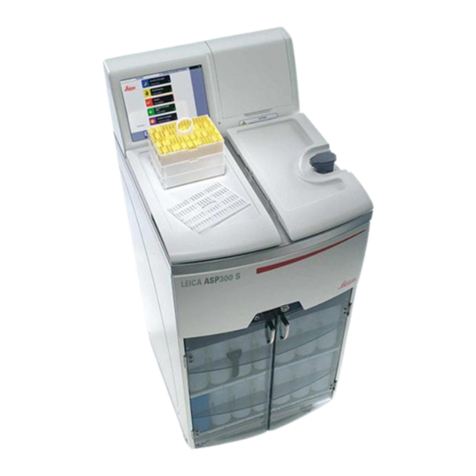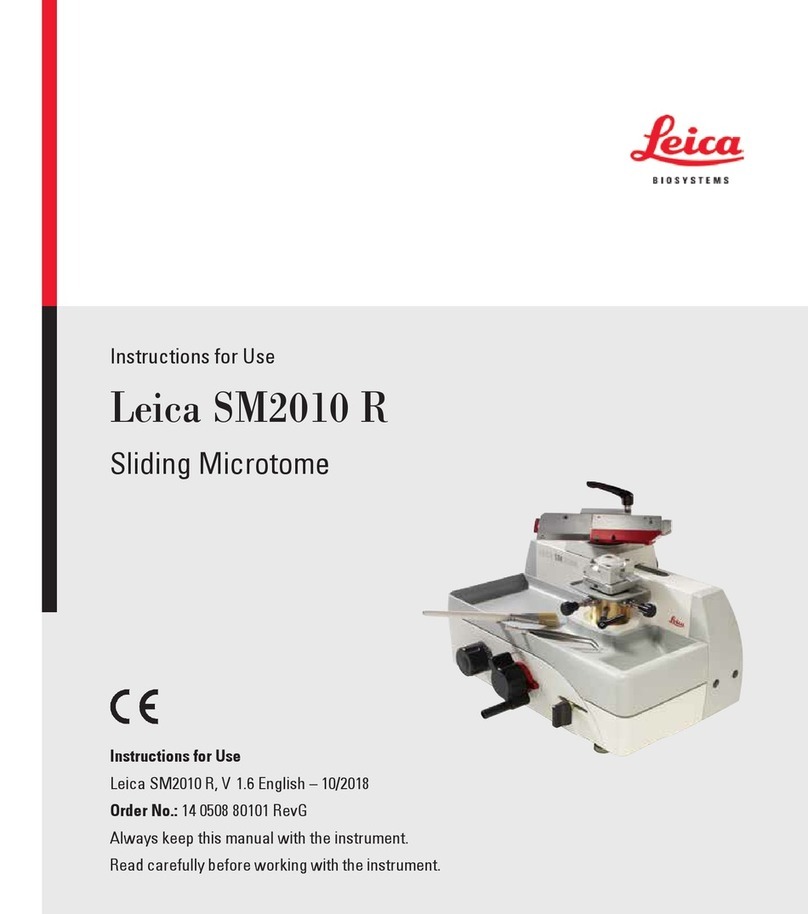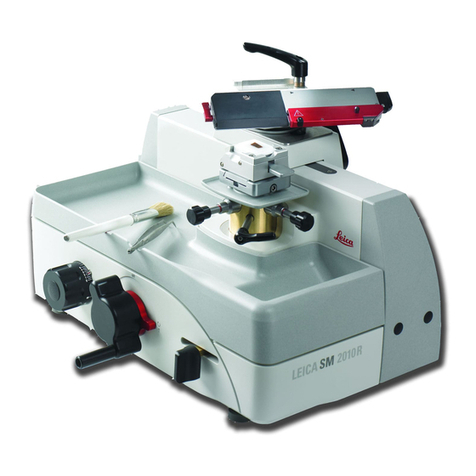
5
HistoCore PEARL
Table of Contents
4.4.10 Reagent cabinet with reagent bottles........................................................................................................ 36
4.4.11 The bottom tray.............................................................................................................................................. 37
4.4.12 Adhesive labels for reagent bottles............................................................................................................ 38
4.5 Alarm functions.............................................................................................................................................. 38
4.6 Connecting the power supply...................................................................................................................... 39
4.7 Switching the instrument on........................................................................................................................ 40
4.8 Touchscreen functions................................................................................................................................. 42
4.9 Switching off the instrument........................................................................................................................ 45
4.10 Moving the instrument.................................................................................................................................. 46
5. Operation.................................................................................................................................................... 47
5.1 Access levels ................................................................................................................................................. 47
5.2 Setting up system .......................................................................................................................................... 48
5.2.1 Languages....................................................................................................................................................... 48
5.2.2 Regional Settings .......................................................................................................................................... 48
5.2.3 Date/Time........................................................................................................................................................ 50
5.2.4 Alarm................................................................................................................................................................ 51
5.2.5 Installation ...................................................................................................................................................... 52
5.2.6 System Setup.................................................................................................................................................. 53
5.2.7 Data management ......................................................................................................................................... 54
5.2.8 Maintenance .................................................................................................................................................. 56
5.2.9 Event view....................................................................................................................................................... 58
5.2.10 Network........................................................................................................................................................... 58
5.3 Reagents ......................................................................................................................................................... 59
5.3.1 Reagent status ............................................................................................................................................... 59
5.3.2 Groups ............................................................................................................................................................. 60
5.3.3 Stations............................................................................................................................................................ 61
5.3.4 RMS.................................................................................................................................................................. 62
5.4 Program........................................................................................................................................................... 66
5.4.1 Adding/Editing programs.............................................................................................................................. 67
5.4.2 Favorite programs.......................................................................................................................................... 72
5.5 Dashboard....................................................................................................................................................... 73
5.6 Reagent handling........................................................................................................................................... 76
5.6.1 Filling/draining reagents............................................................................................................................... 76
5.6.2 Filling/refilling paraffin.................................................................................................................................. 77
5.7 Starting a program......................................................................................................................................... 79
5.8 Ending a program........................................................................................................................................... 84
5.9 Pre-installed program................................................................................................................................... 84
6. Cleaning and maintenance..................................................................................................................... 87











